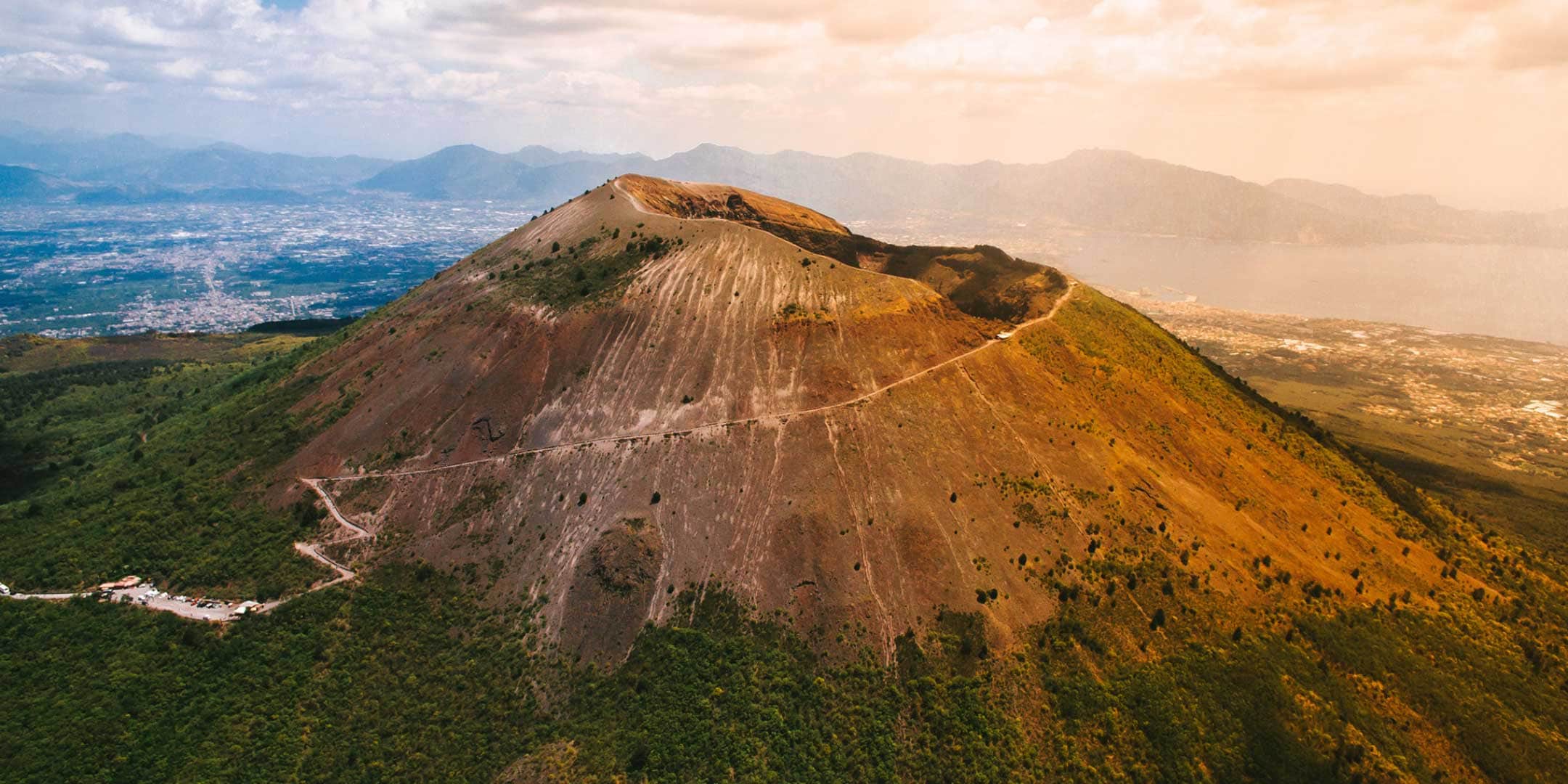Located near Naples Mount
- Get link
- X
- Other Apps
Located near Naples, Italy, is an iconic and majestic mountain that captivates visitors with its grandeur and natural beauty. Mount Vesuvius, known as "Monte Vesuvio" in Italian, is one of the most famous and active volcanoes in the world. Rising above the Bay of Naples, this imposing mountain holds a significant place in history, geology, and the collective imagination of people worldwide.
Mount Vesuvius stands as a powerful reminder of the Earth's volatile nature. With an elevation of approximately 1,281 meters (4,203 feet), it dominates the surrounding landscape and offers breathtaking panoramic views of the Naples metropolitan area, the sparkling waters of the bay, and the picturesque countryside. The mountain's distinct cone shape, crowned by a crater, adds to its allure and intrigue.
What sets Mount Vesuvius apart is its historical significance. The most infamous event associated with this volcano is the catastrophic eruption in 79 AD, which buried the Roman cities of Pompeii and Herculaneum under a thick layer of volcanic ash and pumice. The eruption, which preserved these ancient cities remarkably well, provides a rare glimpse into daily life during the Roman Empire. Excavations have revealed remarkably preserved buildings, streets, artwork, and even human casts frozen in time, offering valuable insights into the past.
Today, visitors have the opportunity to explore the archaeological sites of Pompeii and Herculaneum, which are UNESCO World Heritage sites. Walking through the streets of these ancient cities is a fascinating experience, allowing visitors to witness the remains of Roman villas, public baths, temples, theaters, and even the haunting casts of the volcano's victims. It is a journey back in time and a testament to the destructive power and enduring legacy of Mount Vesuvius.
While Mount Vesuvius is an active volcano, it continues to attract thousands of visitors each year who are eager to witness its awe-inspiring presence and learn about its geology. Guided tours and hikes to the summit are available, allowing adventurers to explore the volcano's crater and take in panoramic views of the surrounding landscape. The ascent is a challenging but rewarding experience, with well-marked trails winding through the volcanic terrain. From the crater, visitors can peer into the depths of the volcano and learn about its volcanic activity and monitoring efforts.
The flora and fauna of Mount Vesuvius add to its natural beauty and ecological significance. Despite the harsh volcanic environment, the mountain is home to a variety of plant species that have adapted to the unique conditions. Pine forests, oak trees, and wildflowers dot the landscape, creating a scenic contrast against the black volcanic soil. Birdwatchers may be lucky enough to spot raptors soaring above or hear the melodic songs of woodland birds.
Beyond its geological and historical importance, Mount Vesuvius is deeply intertwined with the cultural fabric of the region. The volcano's fertile soils have nurtured vineyards and orchards for centuries, producing renowned wines and flavorful fruits. The surrounding area is known for its vineyards that produce the esteemed Lacryma Christi wine, crafted from grapes grown on the slopes of the volcano. Visitors can savor these unique flavors while enjoying a meal at one of the local agriturismi, traditional farmhouses that offer authentic culinary experiences.
In conclusion, Mount Vesuvius stands as a prominent symbol of power, destruction, and natural beauty near Naples, Italy. Its historical significance, active volcanic nature, and breathtaking views make it an iconic landmark that draws visitors from around the globe. Whether exploring the ruins of Pompeii and Herculaneum, embarking on a challenging hike to the crater, or savoring the flavors of the surrounding countryside, a visit to Mount Vesuvius is an unforgettable experience that brings together history, geology, and the timeless allure of nature.
- Get link
- X
- Other Apps

Comments
Post a Comment